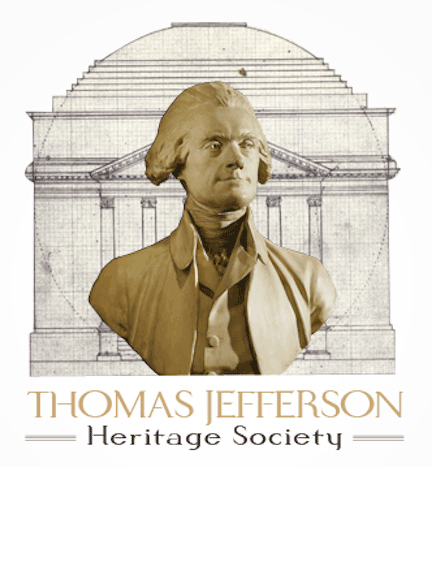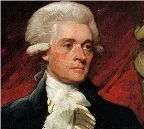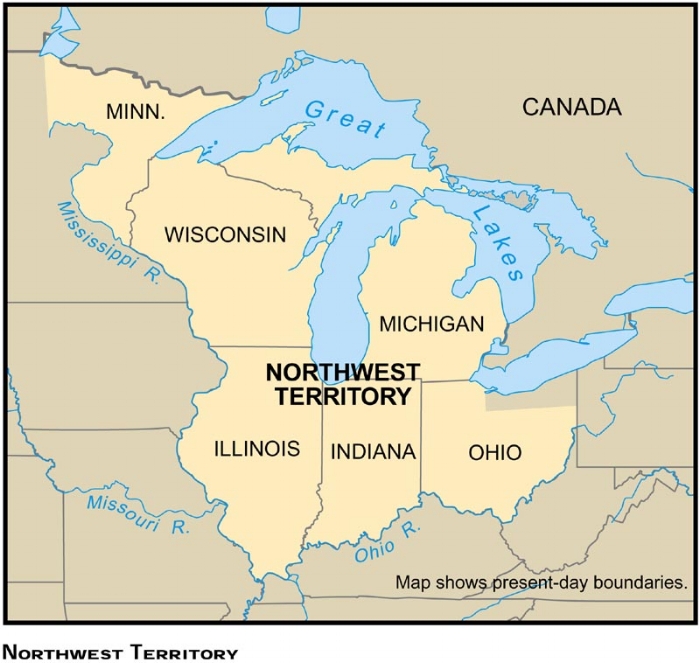The Treaty of Paris in 1783 settled the claims of the Revolutionary War. It provided that “the said United States.” i.e., New Hampshire, Massachusetts Bay, Rhode Island and Providence Plantations, Connecticut, New York, New Jersey, Pennsylvania, Maryland, Virginia, North Carolina, South Carolina and Georgia, were “free sovereign and independent states.” In addition to the territory of the states, Article 2 further described the additional land west of the Appalachians to the Mississippi River as the territory of the United States. This area was known as the Old Northwest.
The claims for this land had been in dispute for some time. After the French and Indian War, England issued its Proclamation of 1763 to assert dominion over this area and to prevent western migration by the colonists. Seven of the states took the position that their boundaries should be extended to encompass these lands. This claim created a dispute with the other six states, which felt that this would destroy the balance of influence and importance among the states.
At this time, the new “United States” was governed by the Articles of Confederation adopted on March 1, 1781. To resolve the problem of how this new territory would be divided and governed, the Congress Assembled appointed a committee headed by Thomas Jefferson. He submitted what became the Northwest Ordinance of 1784 at the Statehouse in Annapolis, which then served as the Capitol of the new country. Jefferson provided a plan for division of the territory into ten states and for them to be admitted on an equal basis with the original states. He also included a provision banning slavery:
That after the year 1800 of the Christian era, there shall neither be slavery nor involuntary servitude in any of the said states.
The ordinance was passed, but Jefferson’s prohibition against slavery failed by one vote and it was deleted. Jefferson commented that, "The voice of a single individual ... would have prevented this abominable crime from spreading itself over the new country. Thus we see the fate of millions unborn hanging on the tongue of one man, and Heaven was silent in that awful moment!"
No states were formed under this ordinance and it was later supplanted by the Ordinance of 1785. The issue of having a plan for the territory became important again in 1787 when the Constitution convention did not want to deal with the issue of slavery. Jefferson was in Paris as the minister to France and did not participate in the decisions that led to the Northwest Ordinance of 1787, but his prohibition against slavery was now included for the territory north of the Ohio River.
The issue of slavery was not fully resolved by the inclusion of Jefferson’s prohibition in the Ordinance of 1787. There were still Indian claims based on the guarantee of King George III that they would have the land west of the Appalachians. This was supported by the British traders who did not want the Indians displaced. The conflict eventually led to an Indian uprising under Tecumseh which was defeated by William Henry Harrison. It was not until the War of 1812 and the Treaty of Ghent (1814) that it was finally recognized as United States territory.
It was not until 1865 when Jefferson’s words were included in the thirteenth amendment to the U.S. Constitution that slavery was outlawed in the United States. The states of Indiana, Ohio, Illinois, Michigan, Wisconsin, and Minnesota were formed from the Old Northwest.
Richard Dixon


